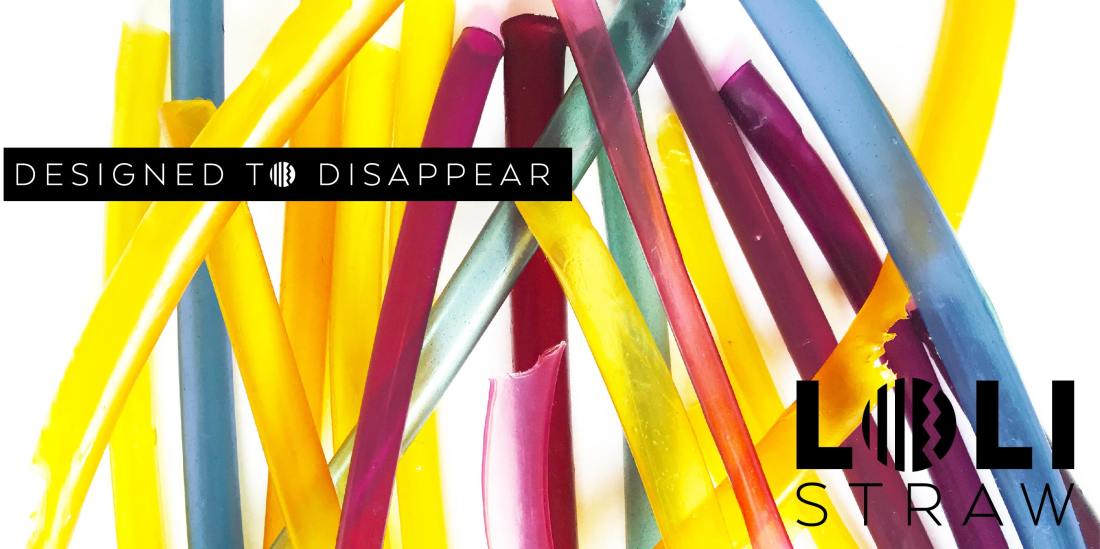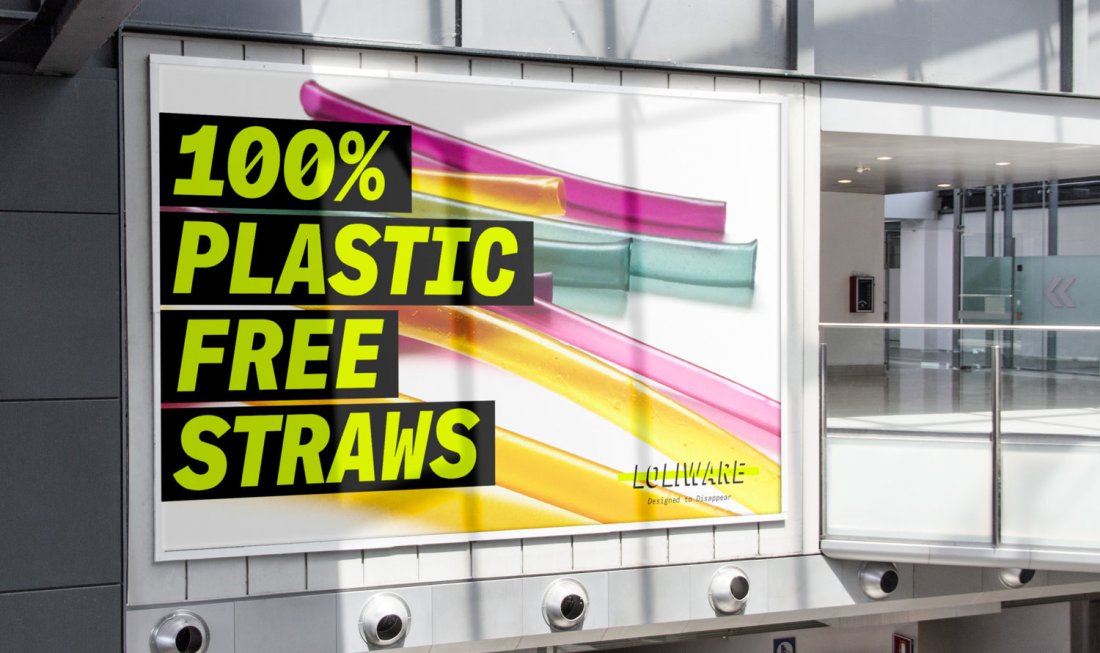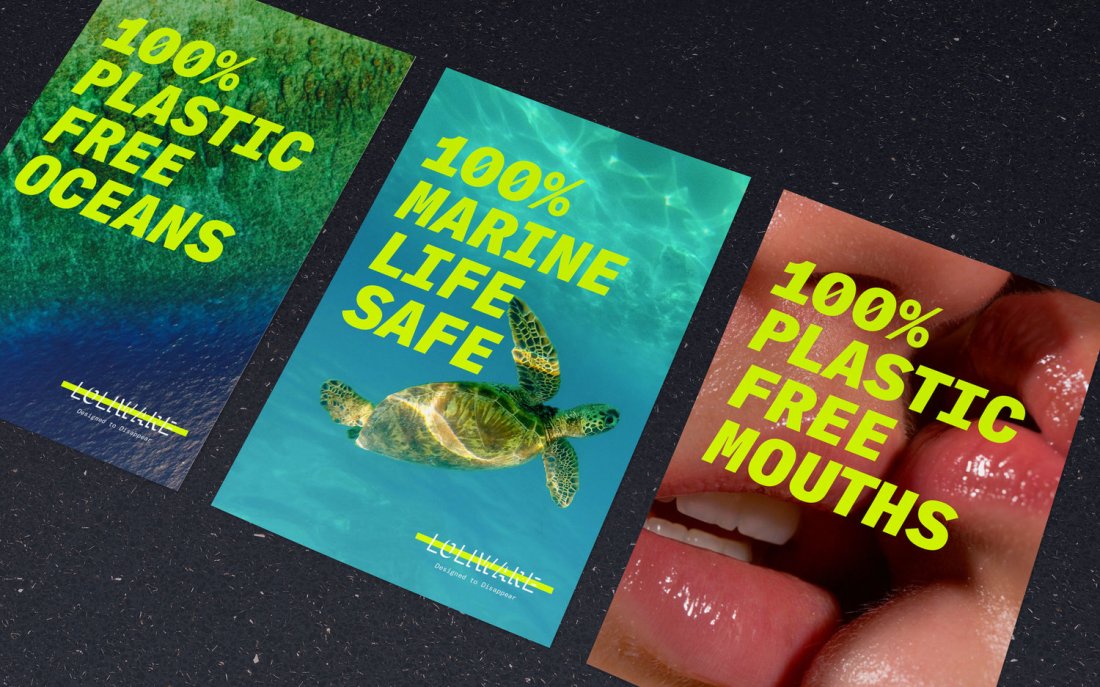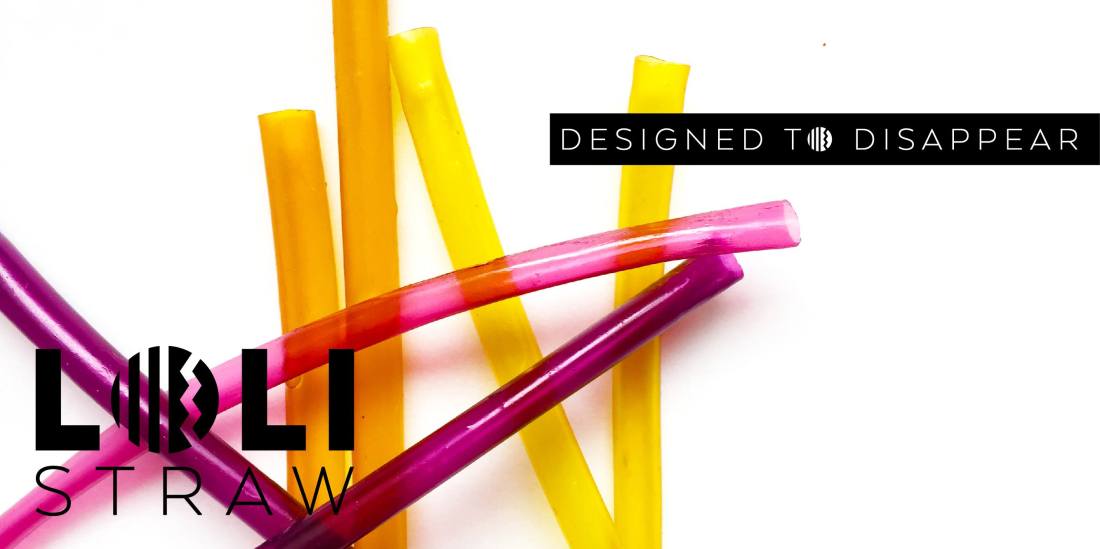
Who would have thought that a pure coincidence and a strong friendship were the basis of the Kentucky Fried Chicken epiphany?
In 1952, during a food service seminar in Chicago, Harland David Sanders , who ran a motel and restaurant in Corbin – Kentucky, met American businessman Pete Harman, who owned The Do Drop Inn restaurant in Salt Lake City.
It was friendship at first sight between the two men. So much so, that Harland David Sanders soon after meeting him, decided to visit his friend Pete Harman on his way to a church convention in Australia.
During the meet-up, Pete Harman confided in his friend that he had been struggling with his Salt Lake City’s burger restaurant. He was looking for a new menu item to increase his revenue.
Harland David Sanders decided to help his friend out, so he decided to give him a taste of the chicken he had been serving in his Kentucky restaurant.
That night, when he cooked him dinner, Harman realized that he had stumbled upon a gold mine. Before Harland David Sanders left town, he shared his secret combination of eleven herbs and spices as well as his method of cooking chicken in a pressure fryer.
Harman soon added the Kentucky Fried Chicken to his menu and publicized it. In no time, the new menu item became a best seller, sales grew to the point that Harman opened a new restaurant branch and invited his friend Harland David Sanders to the grand opening. He billed him as the Kentucky Colonel. Thus giving leeway to the nickname of Colonel Sanders. Harman encouraged Sanders to franchise his chicken product nationally, which he did in 1954. Harmon became the first Kentucky Fried Chicken (KFC) franchisee.

Harland David Sanders, started providing restaurant operators with a territorial franchise and charge them a nickel for every bird they sold. Restaurateur Jim Collins, who had opened Hamburger Handout in 1952 after having been inspired by the McDonald’s brothers and copying their concept as well as their operational methods, showed interest in the Kentucky Fried Chicken (KFC) business.
In 1968, after having opened four branches of his successful Hamburger Handouts, he closed them all and shifted his focus to franchising Kentucky Fried Chicken (KFC).
By 1986, Harmon and Jim Collins became the two largest Kentucky Fried Chicken (KFC) franchisees, each with more than two hundred fifty stores.
Today, Kentucky Fried Chicken (KFC) is the world’s second-largest restaurant chain after McDonald’s, with around 22,621 locations globally in 136 countries.



















